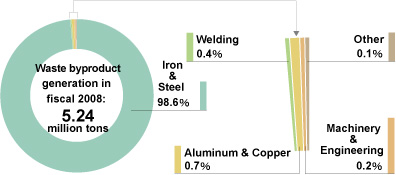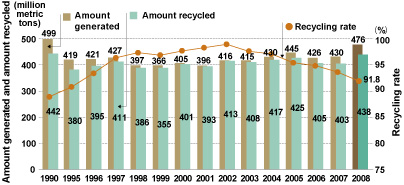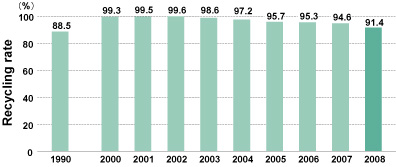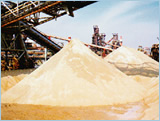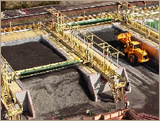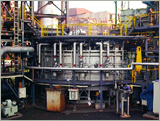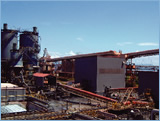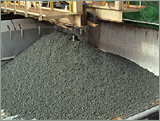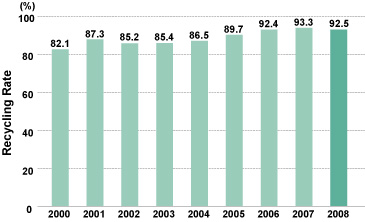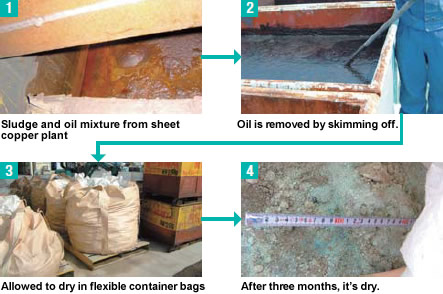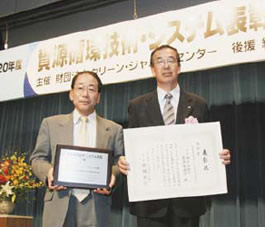Home > About Us > Corporate Social Responsibility > Sustainability Report > Sustainability Report 2009 > Resource Recycling Measures
Menu
- Corporate Social Responsibility
-
- Third-Party Comment and Editorial Postscript
- Reader Evaluations
- Emission Data of Production Facilities
- Thorough risk management
- Promotion of Employee Initiatives
- Cooperation with the Local Community
- Disclosure of Environmental Information
- Contributing to the Environment through R&D
- Products, Technologies and Services to Benefit the Environment
- Environmental Accounting
- Reducing the Environmental Burden
- Proper Control of Chemical Substances
- Resource Recycling Measures
- Measures Against Global Warming
- Medium-Term Environmental Targets, Results and Evaluation
- Material Balance
- Countermeasures for Air Emission Problem at Steelworks
- Policy and Framework for Environmental Management
- Eco Highlights
- Disaster Prevention Activities
- Creating an Attractive Working Environment
- Relations with Shareholders and Investors
- Relations with Customers and Business Partners
- Contributing to Society
- Highlights on Society
- Strengthening Compliance
- Corporate Social Responsibility and Corporate Governance
- 2. Upgraded Brown Coal
- 1. ITmk3 Ironmaking Technology
- Overview of the Kobe Steel Group
- Message from the President
- Home
- About Us
- Corporate Social Responsibility
- Sustainability Report
- Sustainability Report 2009
- Resource Recycling Measures

